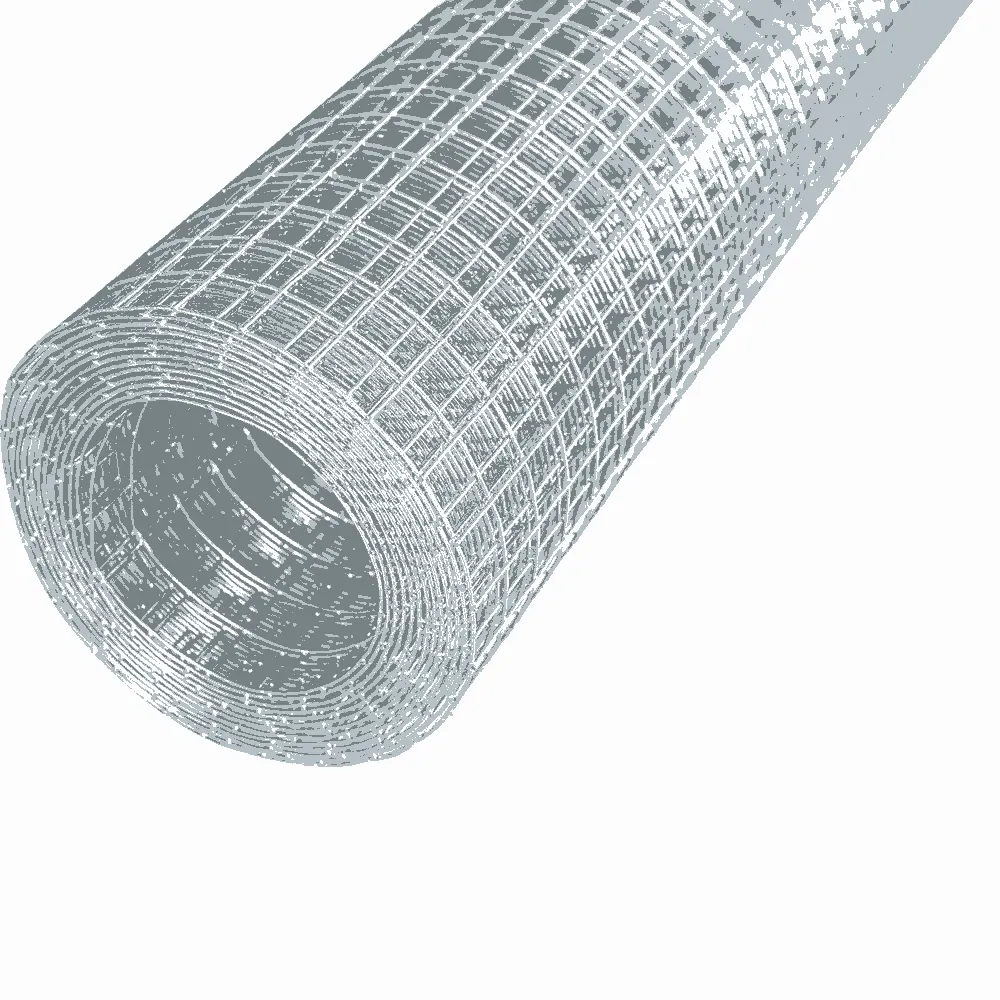steel strand cable
Déc . 10, 2024 08:27
The Significance of Steel Strand Cables in Modern Engineering
Steel strand cables play a vital role in the contemporary construction and engineering landscape, providing essential support and structural integrity to a multitude of projects. Their remarkable strength, flexibility, and durability make them an indispensable material in a variety of applications, from bridges and buildings to cranes and mining operations.
Composition and Design
At the heart of steel strand cables is their unique composition. Typically, they consist of several individual steel wires twisted together to form a single cable. This design not only enhances their tensile strength but also improves their resistance to fatigue. The strands are usually made from high-strength steel, which can withstand significant loads while maintaining structural integrity. The number of wires, diameter of each wire, and the total diameter of the cable can be varied depending on the specific requirements of the project.
Manufacturers often apply additional treatments to steel strands, such as galvanization or corrosion-resistant coatings, to prolong their lifespan, especially in harsh environmental conditions. Such enhancements are crucial for applications in marine, industrial, or bridge construction, where exposure to elements can lead to premature failure of materials.
Applications in Engineering
One of the most prominent uses of steel strand cables is in the construction of suspension bridges. These cables support the bridge deck and distribute the weight across the pylons and towers. The Golden Gate Bridge, one of the most iconic suspension bridges in the world, employs massive steel strand cables that provide both stability and flexibility, allowing it to withstand varying weather conditions and seismic activity.
In addition to bridges, steel strand cables are commonly utilized in high-rise buildings. They are often used in the construction of tensioned facade systems and as support elements in structural frameworks. Their ability to bear heavy loads while occupying minimal space makes them an ideal choice for creating aesthetically pleasing and functional designs.
steel strand cable

Furthermore, steel strand cables are integral in various lifting applications, such as cranes and elevators
. They allow for the safe and efficient movement of heavy loads, enabling quick and effective construction processes. In mining operations, steel cables are used in winches and hoisting systems, providing the necessary strength for lifting heavy ore and equipment.Advantages of Steel Strand Cables
One of the primary advantages of steel strand cables is their exceptional strength-to-weight ratio. This characteristic not only facilitates easy handling and installation but also reduces the overall weight of structures while ensuring they can support substantial loads. Additionally, the flexibility of steel strand cables allows for adaptation in designs, providing engineers with diverse options when planning complex structures.
Moreover, the longevity of steel strand cables is a significant factor in their selection. When properly maintained and protected against corrosion, these cables can last for decades, reducing the need for frequent replacements and repairs. This longevity translates into cost savings for projects, making them a good investment in both short-term and long-term planning.
Future of Steel Strand Cables
As technology advances, the manufacturing processes and application methods for steel strand cables continue to evolve. Innovations in material science are leading to the development of even stronger and lighter cables, which could enhance their use in more demanding applications. Furthermore, the integration of smart technology into steel strand cables, such as sensors that monitor tension and stress in real-time, is beginning to emerge, ushering in a new era of structural monitoring and maintenance.
In conclusion, steel strand cables are a fundamental component of modern engineering, contributing to the safety, durability, and functionality of structures worldwide. Their versatility and strength ensure they will remain a crucial part of construction and design for years to come, supporting our evolving infrastructure and advancing engineering practices. As we continue to explore new possibilities within this field, steel strand cables will undoubtedly play a pivotal role in shaping the future of engineering.




















